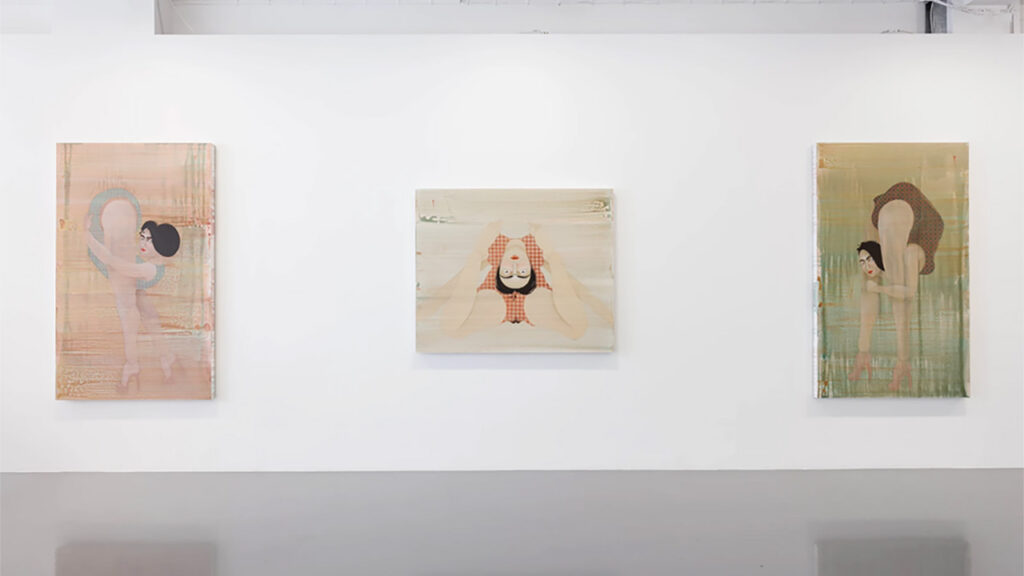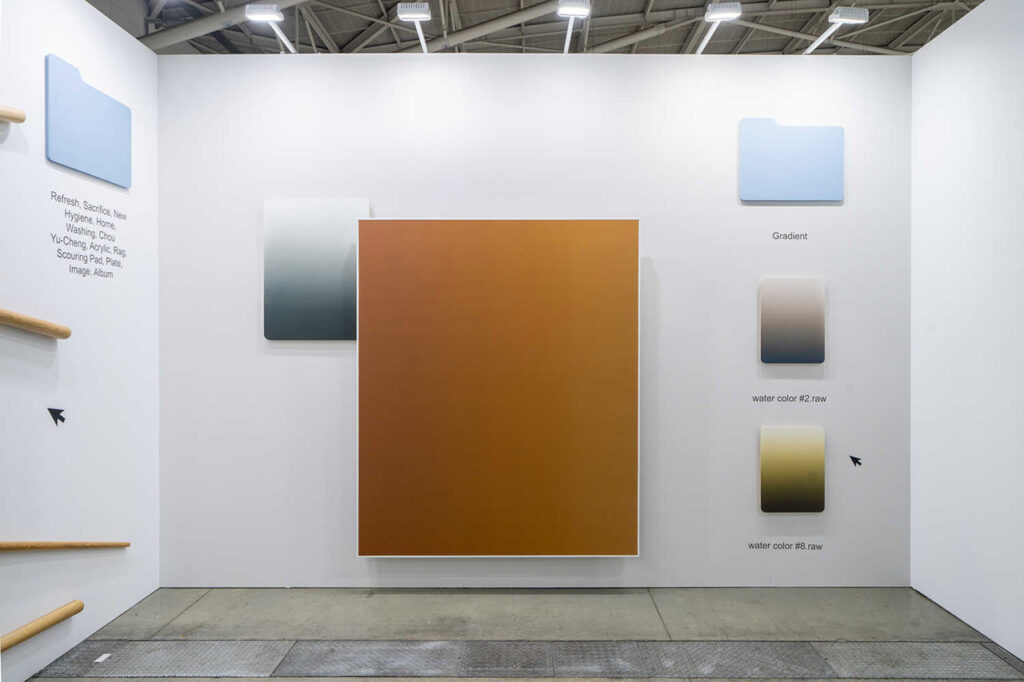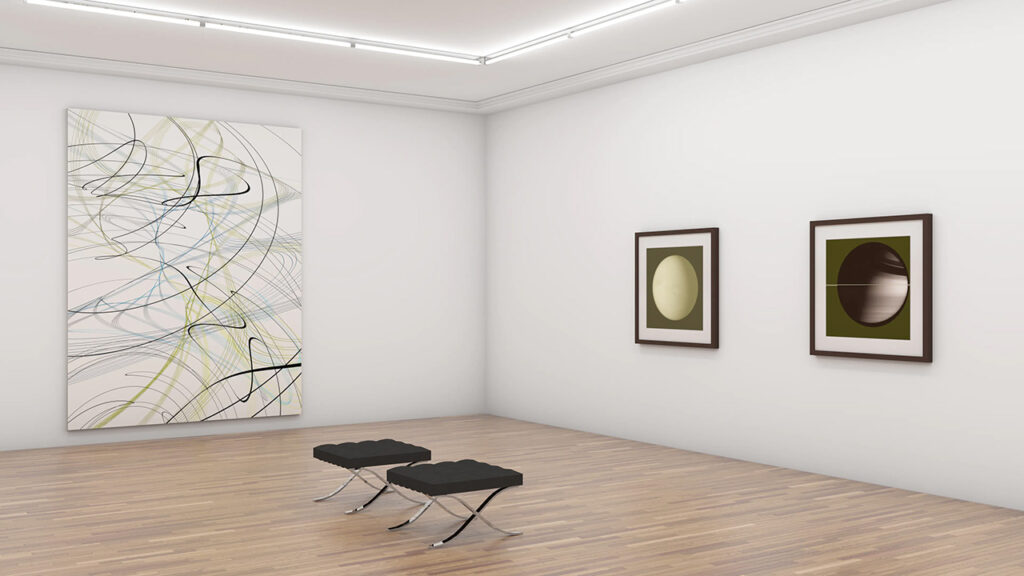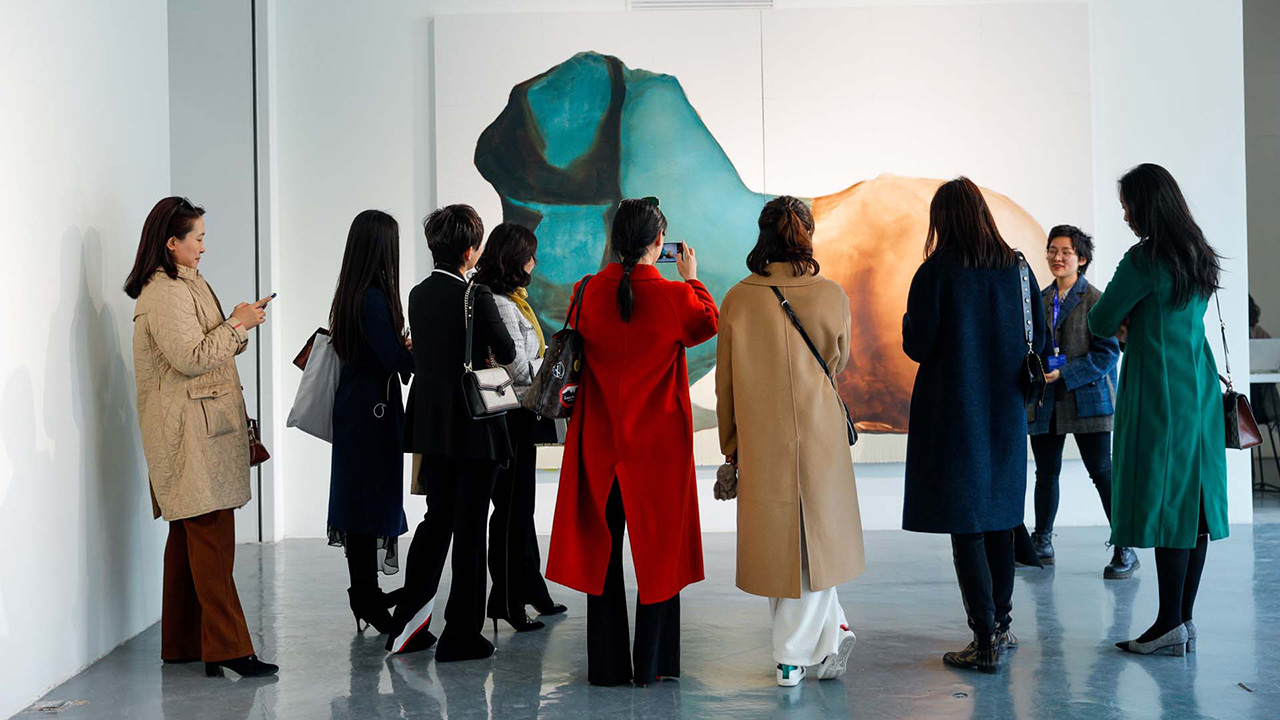Spare a thought for the museums and cultural institutions. This was the unanimous opinion of the four gallerists that took part in Gallery Weekend Beijing’s recent talk, “Adaptation and Collaboration.”
Not to downplay the pandemic’s art world disruptions that shuttered global galleries, halted long-planned shows, and cancelled mega art fairs, but somehow, through Zoom calls, FaceTime tours, and Instagram uploads, they managed. The museum, however, that visitor-reliant, less nimble, and more bureaucratic relative of the gallery, had suffered more and faces an arduous road ahead.
Though scattered between London, Zurich, Beijing, and Hong Kong, the galleries all found new ways of working and selling over the past year — strategies that will endure as travel (hopefully) resumes. Pilar Corrias Gallery is now accustomed to running virtual and physical shows independently; Mai 36 Galerie focused on staging Swiss-connected artists locally; Edouard Malingue Gallery learned how to operate in the absence of a physical space; and Galerie Urs Meile used the downtime to bring together Chinese artists of different generations.
Here, Jing Culture & Commerce presents their reflections on questions posed by Shanghai-based curator and critic Li Qi.
How did the pandemic change the buyer landscape?

Hayv Kahraman’s debut show at Pilar Corrias in London was virtually installed in April 2020, with three quarters of works sold online before the exhibition opened to the public. Image: Pilar Corrias Gallery
Galleries that have long attended art fairs from Miami to Madrid are inherently international and even as many staged sporadic physical exhibitions for local audiences, new digital selling tools and a renewed focus on using social media helped them reach a global clientele. While older buyers remained a little reluctant, several gallerists noted a broadening of demographics and a growth in new, previously unknown buyers happy with the relative anonymity of purchasing online. As the world emerges from the pandemic, the next stage will see galleries adopt a hybrid approach not simply through web browser-based viewing rooms, but virtual reality spaces, such as those pioneered by Vortic.
Key Quote: “[The pandemic] has been a great leveler. I don’t employ 100 people to travel around the world to every little city, but because no one is doing that right now and because you are online, you have a bigger presence.” — Pilar Corrias, Founder of Pilar Corrias Gallery
What type of art sold well online?

Installation view of Chen Yu-Cheng’s works at Eduoard Malingue Gallery. Image: Eduoard Malingue Gallery
Colorful, two-dimensional work that galleries could present online and viewers could easily understand on a screen. Other works, such as sculpture, installation, or more conceptual creations hold less resonance when displayed on a webpage or in a virtual viewing room. As René Meile of Galerie Urs Meile noted, collecting contemporary art is often about discovery, leaving one’s comfort zone, and moving into a new field. Understandably, this process is more rarely experienced online. As lockdowns extended, galleries tried to both sell work and support artists to pursue projects irrespective of their marketability in the current climate.
Key Quote: “We want to excel online, but it’s a balance between sustaining the gallery by doing projects that will engage well with the audience and doing projects that are good for the artist.” — Lorraine Kiang Malingue, Co-Founder and Director of Edouard Malingue Gallery.
How did the artists fare creatively?

Thomas Ruff, Works 1990 – 2017 at Mai 36 Galerie. Image: Mai 36 Galerie
A hard question to answer in general terms, the gallerists agreed. Typically, painters thrived with freedom to spend days on end unbothered in their studios — though those used to creating in large teams had to consider more pared back works. Film artists turned their cameras local and appreciated extensive time to edit, work they can do forever, said Malingue. However, for those working outside traditional fine art, be it performance art or site-specific installation work, 2020 was particularly challenging.
Key Quote: “The financial situation is the problem. Artists get nervous, particularly for those who haven’t sold a lot before. As a gallery, it’s important to help the artist through difficult times. Running a gallery and being an artist is ultimately about passion.” — Victor Gisler, Founder of Mai 36 Galerie



